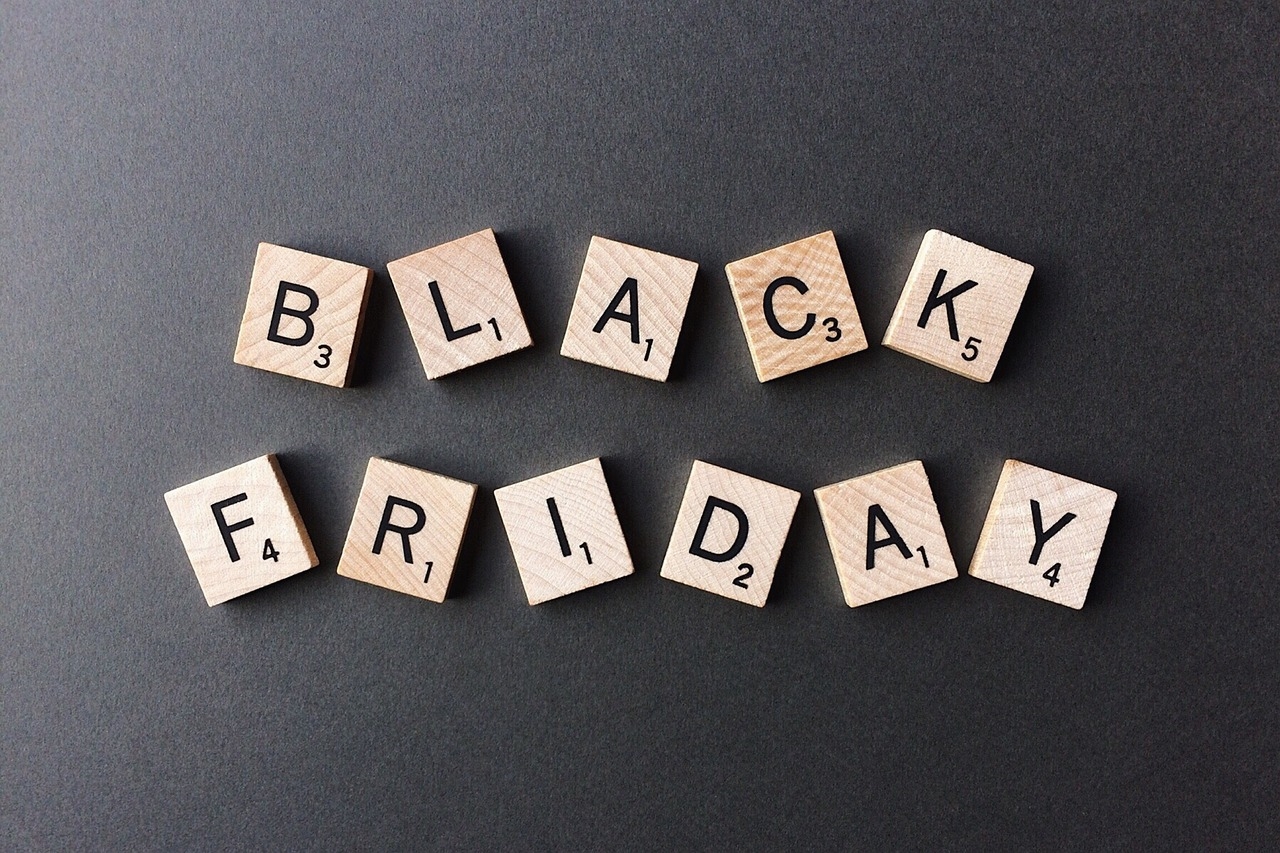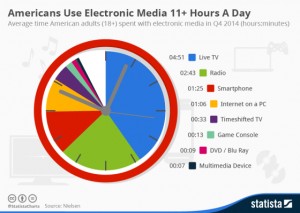— November 13, 2018

Wokandapix / Pixabay
In the retail sphere, no two days are as relentlessly hyped as Black Friday and Cyber Monday. Everyone knows that these days are important days for sales, but some may wonder “Why all the fuss?” Let’s examine some of the data.
In 2017, ecommerce shoppers spent $ 7.9 billion on Black Friday weekend, including a robust $ 2+ billion dollars via mobile devices. On average, the holiday season, a period of just over a month, accounts for more than 30% of retailers’ total sales for the year. However, 85% of retail purchases during the 2017 holiday season were made in a brick and mortar store, in spite of the lines, waits, and trampling hazards.
What does this mean for ecommerce? To remain a contender in this highly competitive period, all the stops must be pulled out. Online retailers cannot rest on their laurels, thinking that the convenience of online shopping is enough to draw in customers. Online sites are directly competing for brick & mortar dollars, meaning that, like it or not, ecommerce sites must bring something creative, enticing, or to the table. Here are three tips to get you ready for the biggest shopping days of the year.
Prepare Your Site for the Rush
One obvious perk of online Black Friday shopping is not having to wait in a long line. However, the online equivalent of this problem is one that plagues retailers every year: crashed websites.
A recent high-profile example of this occurred on this year’s “Prime Day,” a sort of Black Friday II pioneered by Amazon. Despite being the most successful online company in the world, within minutes of the sale’s launch, the website essentially crashed and burned, leading to literally millions of angry customers who were unable to complete their purchases.
The incident was widely lampooned in the media, and proved that even a seemingly infallible giant like Amazon was capable of a massive blunder. This problem frequently happens on smaller scale across the internet ; when it does, it’s a big problem. In fact, research shows that each extra second of loading time on your site equates to a 7% decrease in conversions. If your site is heavy on images, a tool like Compressor.io can help cut down your load time significantly, which often equates to more sales.
Emphasize Urgency with Doorbusters
Urgency is an effective year round sales tactic. However, it becomes even more effective during the Black Friday / Cyber Monday rush, as shoppers around this time of year feel a sense of urgency anyway. They know they’re up against other shoppers to secure excellent deals, and unlike in a physical store, camping out can’t help them claim their deal faster. As a result, urgency tactics that focus on low stock, inventory, or product availability can be extremely helpful in giving customers that extra push.
One of the most popular urgency implementations is the use of a timer. Black Friday and Cyber Monday are both known for their time sensitive deals, so reminding consumers of the time remaining to secure certain items can easily be a conversion catalyst. Another popular tactic is low stock alerts. Although certain popular items do occasionally sell out throughout the year, during Black Friday/Cyber Monday, the chance of a popular item selling out is quite high, a fact most consumers realize. Displaying low stock alerts when a particular item is selling quickly can be extremely effective for spurring sales.
Invest in Your Email Strategy
Although the concept sounds antiquated, two of the most popular ways that Black Friday ads are circulated each year is via snail mail and newspapers. Very few online companies take that approach, likely because it feels old-fashioned. However, sites cannot expect people to simply check out their website on Black Friday to see what the deals are. This is where an email remarketing strategy comes in.
The best way to advertise your Black Friday sale is to build up suspense over time. Utilize your social media accounts to create buzz around hot items, and organically build interest. Just as film marketers release “teasers” for major motion pictures, it makes sense to start early and slowly build interest in the sale before the big reveal. That being said, be careful not to send so many emails that people tune you out and unsubscribe. The key is to blend entertaining, engaging content with promotion of the sale, in turn increasing the likelihood that customers will make your sale a priority.
Another great way to encourage sales is the use of wishlists, promoted via your email strategy. Wishlists are a win for everyone involved. They’re extremely inexpensive to implement and reduce friction to conversion. Meanwhile, holiday shoppers appreciate having a predetermined set of gift ideas for a particular person, and the creators of the list appreciate getting gifts that are relevant to them. Plus, most wishlist strategies include links to the items themselves, so you can be sure that shoppers return to your site to buy the item as opposed to somewhere else. If you’re not using a wishlist strategy, there’s still time to implement one.
T.G.I.B.F
Black Friday and Cyber Monday are extremely important days for your bottom line. By implementing the proper engagement methods and strategies, you can ensure you’re maximizing the return you see from your campaigns. But don’t just take our word for it, try one of these strategies on for size and let us know your results.
Digital & Social Articles on Business 2 Community
(92)









